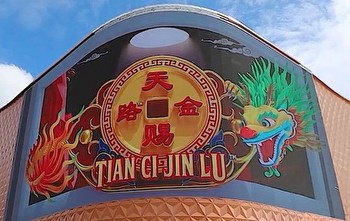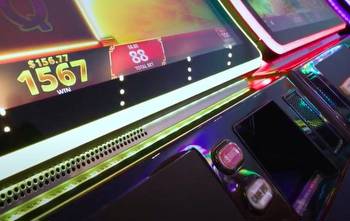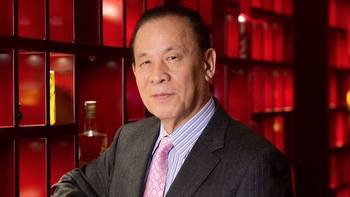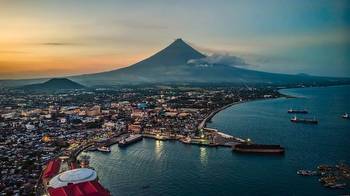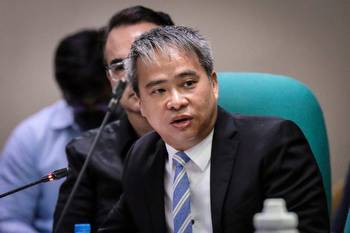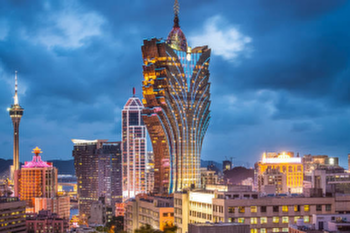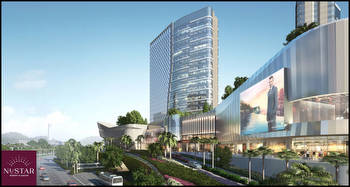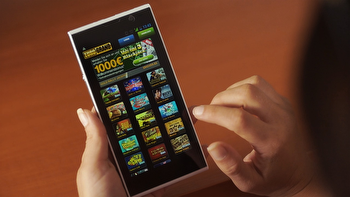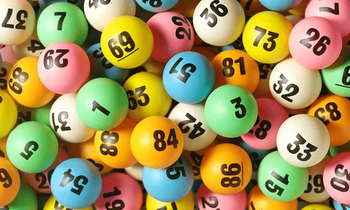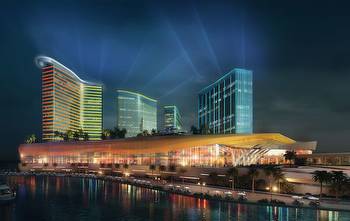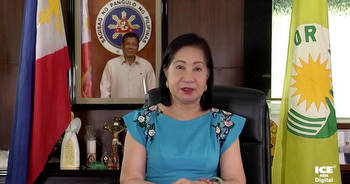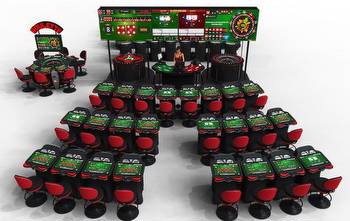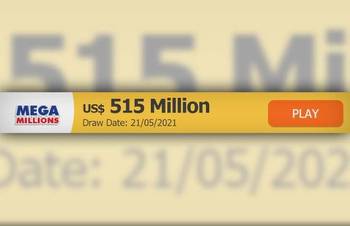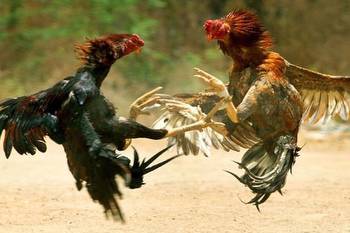Gambling in The Philippines
Gambling is big business in The Philippines. 67% of tourists who visited the country visited a casino of some sort. Resorts World and City of Dreams invest billions in world class entertainment destinations for tourists.
Gambling in The Philippines dates back hundreds of years. It was introduced by Magellan to the island of Palawan in 1521. Lotteries, card games, billiards and horse racing were introduced during the Spanish colonization. The Philippine Amusement and Gaming Corporation (PAGCOR) was established in 1976 to oversee the ten casinos that had already been established. PGCor was responsible for almost all gambling in the Philippines until the end of the second world war. The exception is sweepstakes/lotterie run by The Filipinos Charitable Office (PCO).
There are fifty casinos in The Philippines. There are also three major racetracks which support horse racing and PCO runs a variety of lottery.
E-sabong was banned in May 2022, but it is still legal in The Philippines. It is estimated that sabong generates around $1billion every year. It was responsible for generating around 640 million pesos per month to the government through taxes.
Twenty of the fifty casinos in The Philippines are based in the capital Manila. The Okada resort opened in 2016 and boasts 4,623 slot machines and 599 table games. Newport World Manila was the first casino resort to open in Downtown Manila and consists of seven different hotels, a theatre and a three-floor casino. Cebu is 800 km away from Manila, the ninth largest island in Philippines. In 2022, The NuStar will open and will be the biggest casino in Cevu.








